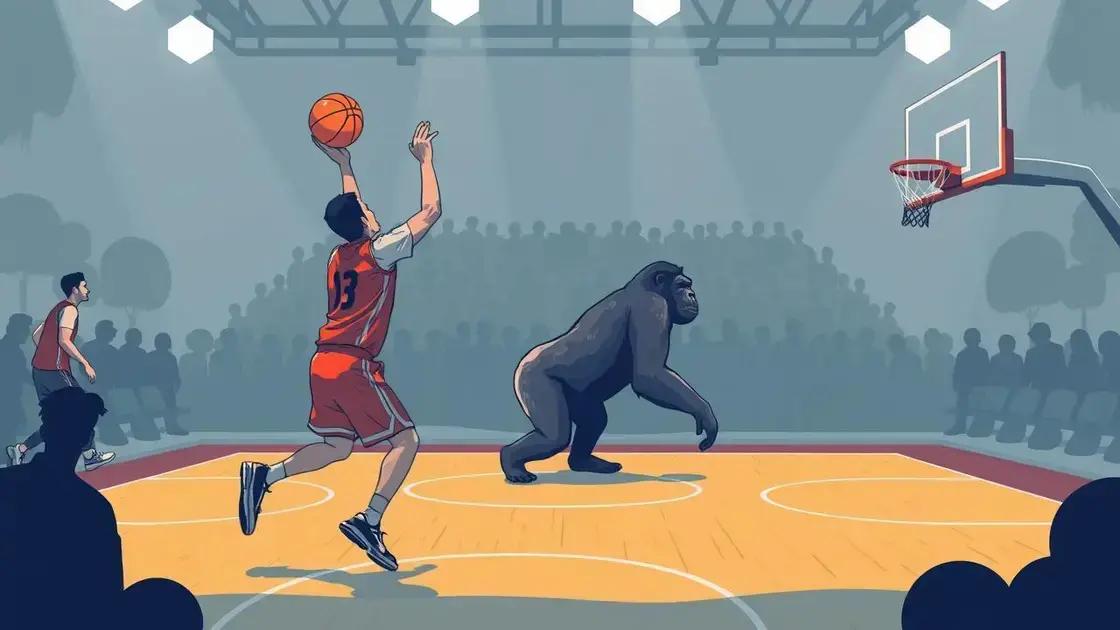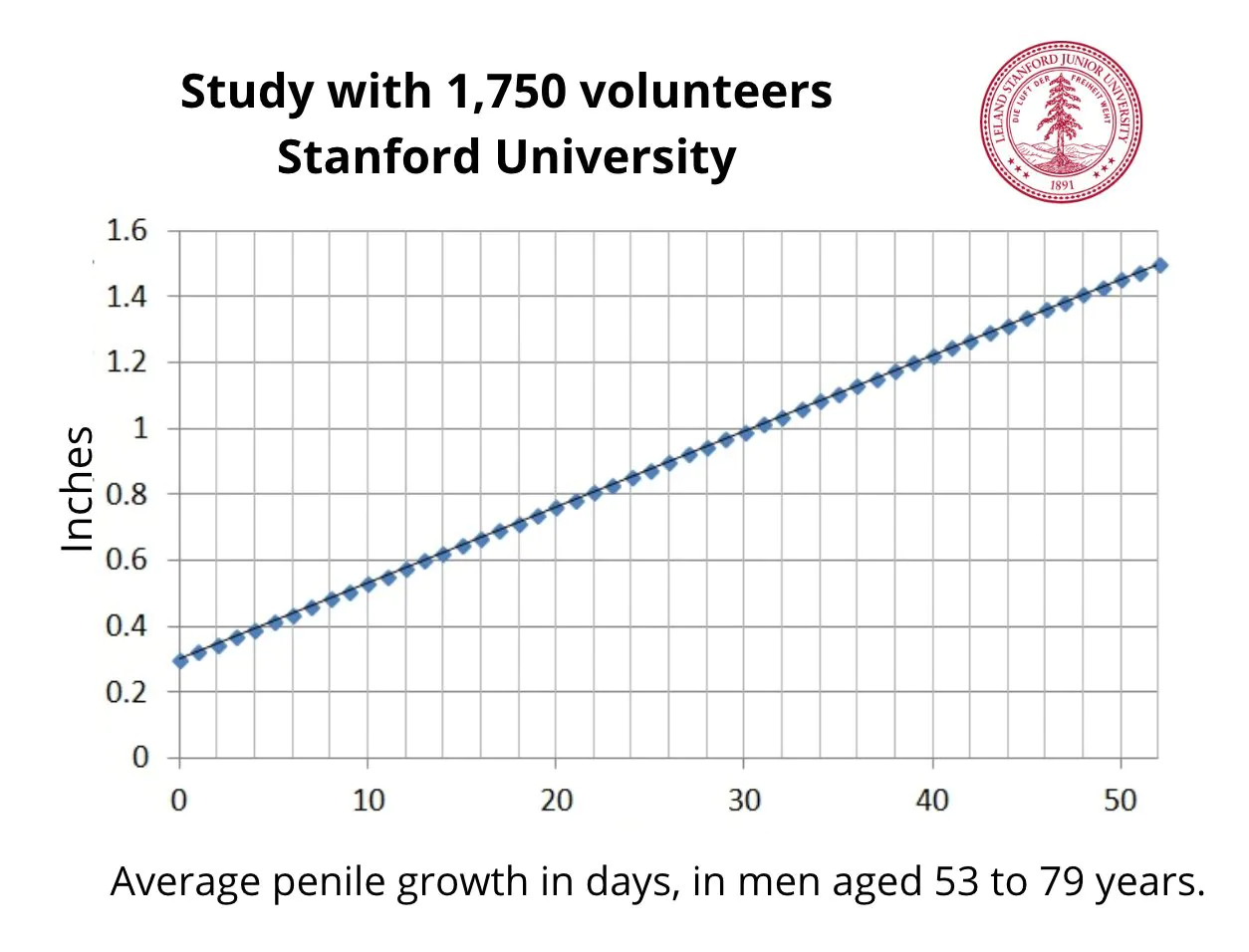The Gorilla Trick highlights how inattentional blindness affects perception and attention, leading to long-lasting awareness of cognitive limitations that can improve focus and decision-making in daily life.
The Gorilla Trick is a fascinating psychological phenomenon that captures our attention and demonstrates how our perception can be influenced by unexpected elements in our environment. By understanding the intricacies of this trick, we can begin to unravel the complexities of human attention and cognitive biases. This article delves into the various aspects of the Gorilla Trick, including its mechanics and the long-term effects it may have on our behavior and perception. Join us as we explore this captivating topic and uncover what makes the Gorilla Trick such a compelling area of study.
Understanding the Gorilla Trick

The Gorilla Trick is an eye-opening demonstration of how our minds can overlook certain details while focusing on others. This psychological experiment reveals our cognitive limitations. It was made famous by a video showing people passing a basketball. Viewers are tasked with counting the passes, yet many miss a person in a gorilla suit walking through the scene.
The Mechanics of Attention
Understanding the Gorilla Trick starts with how attention works. When we concentrate on a specific task, we often miss significant changes in our surroundings. This phenomenon is called inattentional blindness. The Gorilla Trick highlights this by showing that our minds can filter out what we do not expect to see.
Why It Matters
The implications of the Gorilla Trick extend beyond a fun experiment. It helps us grasp how biases in attention can affect decision-making in daily life. Consequently, it encourages us to be aware of our surroundings and offers insight into how we can improve our focus and perception.
Psychologists and researchers study the Gorilla Trick to better understand these cognitive processes. By gaining insights from such experiments, we can learn how to challenge our assumptions and refine our observation skills. This understanding is valuable not only in psychology but also in real-world scenarios like driving or multitasking.
Long-Term Effects of the Gorilla Trick

The long-term effects of the Gorilla Trick can be quite significant for our understanding of perception and attention. Studies show that people often retain a new awareness of their cognitive processes after experiencing the Gorilla Trick. This realization can lead to changes in how they approach tasks that require concentration.
Increased Awareness of Attention
After witnessing the Gorilla Trick, individuals may become more mindful of their attention capacity. They start to question what they might be overlooking in everyday situations. This heightened awareness can create a shift in behavior, leading people to pause and reflect on their focus during activities like driving or working.
Impacts on Learning and Retention
In educational settings, the Gorilla Trick can illustrate important principles of cognitive psychology. Educators can use the lesson from the trick to teach students about effective study habits. Understanding that attention can be limited encourages students to create environments free of distractions. This can result in better retention of information and improved overall learning outcomes.
Moreover, the concept of inattentional blindness has broader implications in fields like marketing and design. Advertisers can learn to shape messages that grab attention. Being aware of how the mind works can help professionals create strategies that capture audience focus. In turn, this can influence how brands communicate with their consumers.
Understanding the Lasting Impact of the Gorilla Trick
The Gorilla Trick powerfully illustrates how our attention works and the cognitive biases that influence our perception. By recognizing the implications of this experiment, we can understand the long-term effects it can have on our awareness and behavior.
Improving our attention skills can benefit us in various aspects of life, from enhancing learning outcomes to optimizing our focus in everyday tasks. Greater awareness of these principles allows us to navigate more thoughtfully in a world filled with distractions.
Ultimately, the insights gained from the Gorilla Trick are valuable not only in psychology and education but also in practical applications like marketing and design. Being aware of how attention works can lead to more effective strategies and improved interactions with our environments.
Embracing these lessons can help us harness the power of perception and support better decision-making in our daily experiences.
FAQ – Frequently Asked Questions About the Gorilla Trick
What is the Gorilla Trick?
The Gorilla Trick is a psychological experiment that demonstrates inattentional blindness, where observers miss evident stimuli while focused on a task.
What are the long-term effects of the Gorilla Trick?
The long-term effects include increased awareness of attention limitations and improved focus in daily activities and learning environments.
How can the Gorilla Trick be used in education?
Educators can use the Gorilla Trick to teach students about cognitive biases and the importance of minimizing distractions for better learning.
Why is inattentional blindness important?
Inattentional blindness demonstrates how our attention can be limited, which has implications for safety, learning, and marketing strategies.
Can the Gorilla Trick help improve decision-making?
Yes, understanding the Gorilla Trick can help individuals be more mindful of their attention, leading to improved decision-making in daily situations.
How does awareness of attention impact marketing?
Marketers can leverage insights from the Gorilla Trick to create more engaging advertisements that capture consumers’ attention effectively.












